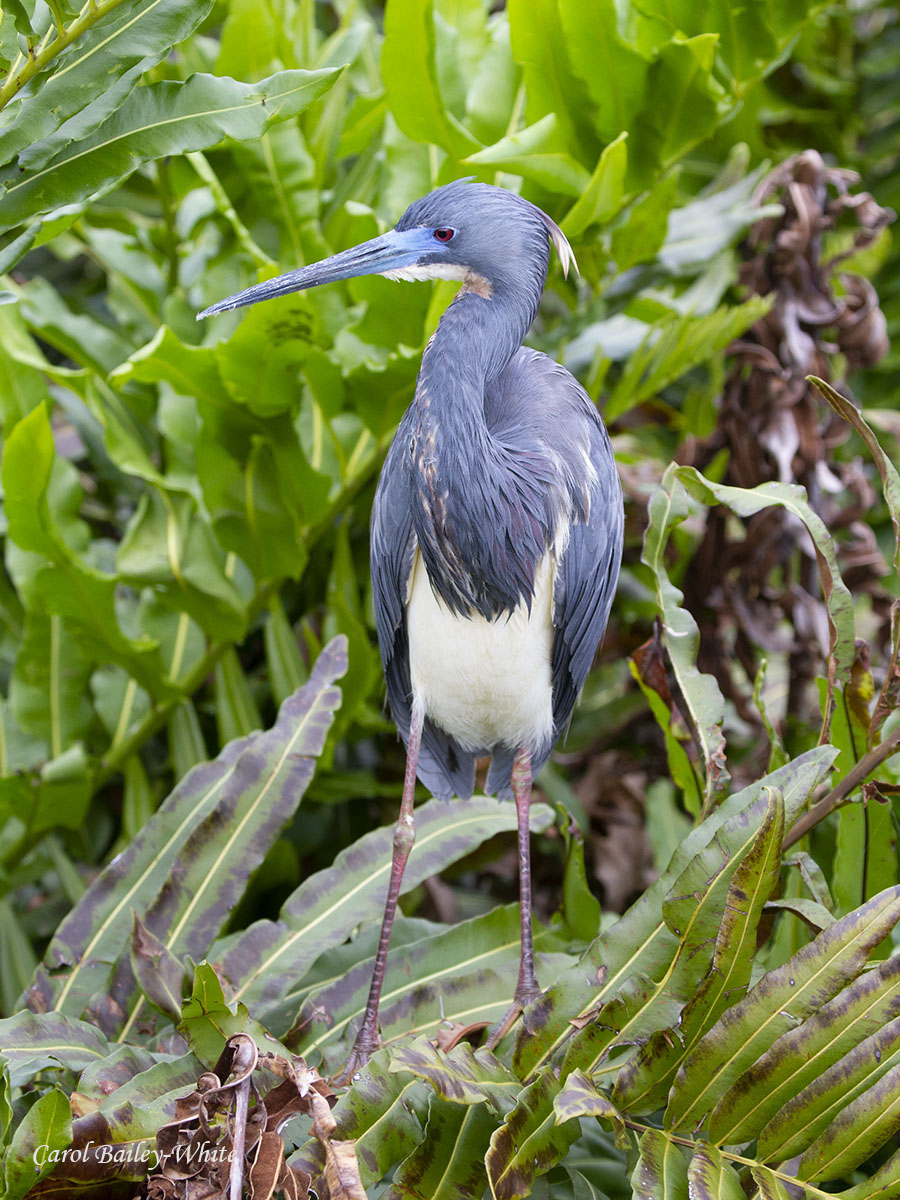The Audubon Observer, April 2023
|
|
||||
ADVENTURES OF A SHOREBIRD STEWARD ROOKIE
So, when I heard of volunteer opportunity that included beach, waves, sand, sun, and protecting cute little endangered baby birds, I jumped right in. Bird Stewarding sounded to me like a match made in heaven. What I did not know was what would happen to me by embarking on this journey:
From the start, I was welcomed, trained expertly and felt part of the team. We get shirts, vests, and maps upon arriving at the beach entrance. Next up is driving on the beach, (so cool yet fraught with many obstacles, human and animals) to the marked off Critical Wildlife Area. This is where the action is - the birds are LOUD and there are lots of different behaviors to observe. There are also lots of human behaviors to observe. This is where we get the chance for outreach and educating the public about why it is important to protect the area and the vulnerable birds that nest and rest there. I am looking forward to my second year of Bird Stewarding at Huguenot. Continuing my journey of wonder, learning, and crafting my outreach message with a kind heart and the three heads and six fiery eyes of Cerberus! If you are interested in joining the team, please visit the Audubon Florida Coastal Bird Stewardship website or contact Chris Farrell, Audubon Florida’s Northeast Florida Policy Associate, at chris.farrell@audubon.org. ~ Elizabeth Filippelli BEARLY A BIRD: A BIRDING ADVENTURE STORY
We got there after dark. It was eerily quiet, barely any calls. We decided to walk the trails to improve our luck. It was pitch black, the only lights small blinks from fireflies. Surrounded by the darkness, silence, and little flashes of light, it was quite a surreal but peaceful experience. We walked a bit further down the trail and stopped to listen for nightjars. I turned off my flashlight and placed it in my pocket to get some audio recordings, immersing us in total darkness. We were listening intently when a loud crash sounded in the woods nearby, akin to a limb falling. Following, we heard a crunch, crunch, crunch, sounding like footsteps. At first, we thought someone was in the woods pranking us. Very quickly the sound turned into a crashing noise, tearing through the woods directly towards us. Surrounded by darkness, I struggled to get my flashlight out of my pocket as a massive creature barreled down on us, thundering through the woods with power and force, quickly closing the short distance. Nothing stood in its way. Immediately we knew it was a bear, and I recalled from reading to stand my ground against Florida Black Bears. Like a scene out of an action movie, at the last minute before the bear burst through the woods less than 5 feet away, I was able to get my flashlight out and shine it towards the bear, momentarily blinding it and halting the charge. We slowly backed away and then left the area immediately.
We sought a nighttime birding adventure and nature delivered! Sadly, we did not get singing nightjars, but we have an incredible memory to last a lifetime and made it back safely. ~ Jessica Dyszel SEXUAL DIMORPHISM IN BIRDS The term sexual dimorphism refers to differences in appearance and sometimes size between males and females of some species of birds. For birders, this can represent additional challenges when trying to identify a bird you might see out in the field, as the males and females of birds that are sexually dimorphic can look like entirely different species. Many species exhibit this characteristic, and while the evolutionary reasons for this are too complex for this short piece to cover (you can learn more in this article from Scientific American), it’s important for birders to be aware of this to enhance your identification skills. Below are a few examples of avian species that are sexually dimorphic. Black-throated Blue Warbler: while males exhibit crisp blue, white and black plumage, females have more subtle olive, gray and buffy coloring overall. However, they both sport a white eyebrow and a small white patch on the wing that is characteristic of this species.
Red-winged Blackbird: female Red-winged Blackbirds look very different from males with their streaky brown coloring and buffy striping on the face, while males are all black, with flashy red and yellow shoulder patches. However, both are the same size overall and have a sharply pointed conical beak.
Many other bird species show differences in appearance between males and females, including House Finches, Purple Finches, Painted and Indigo Buntings, Boat-tailed Grackles, and the familiar Northern Cardinal, to name just a few. Size differences are also common, especially in raptors (like Bald Eagles), where the female is usually significantly larger than the male. The bottom line is that it's important to become familiar with both the male and female of a species (not to mention juvenile/adult and breeding/nonbreeding plumages, but that’s another article) in order to be able to identify what you’re seeing when you’re looking at birds. With patience and a little effort, you’ll be a better birder in no time! ~ Carol Bailey-White HAVING YOUR VOICE HEARD
Unsure of your membership status? Reach out to our membership director. ~ Christine Lucas UPCOMING ACTIVITIES Here's what's happening this month:
We look forward to seeing you soon! Duval Audubon Society, Inc.
|
||||

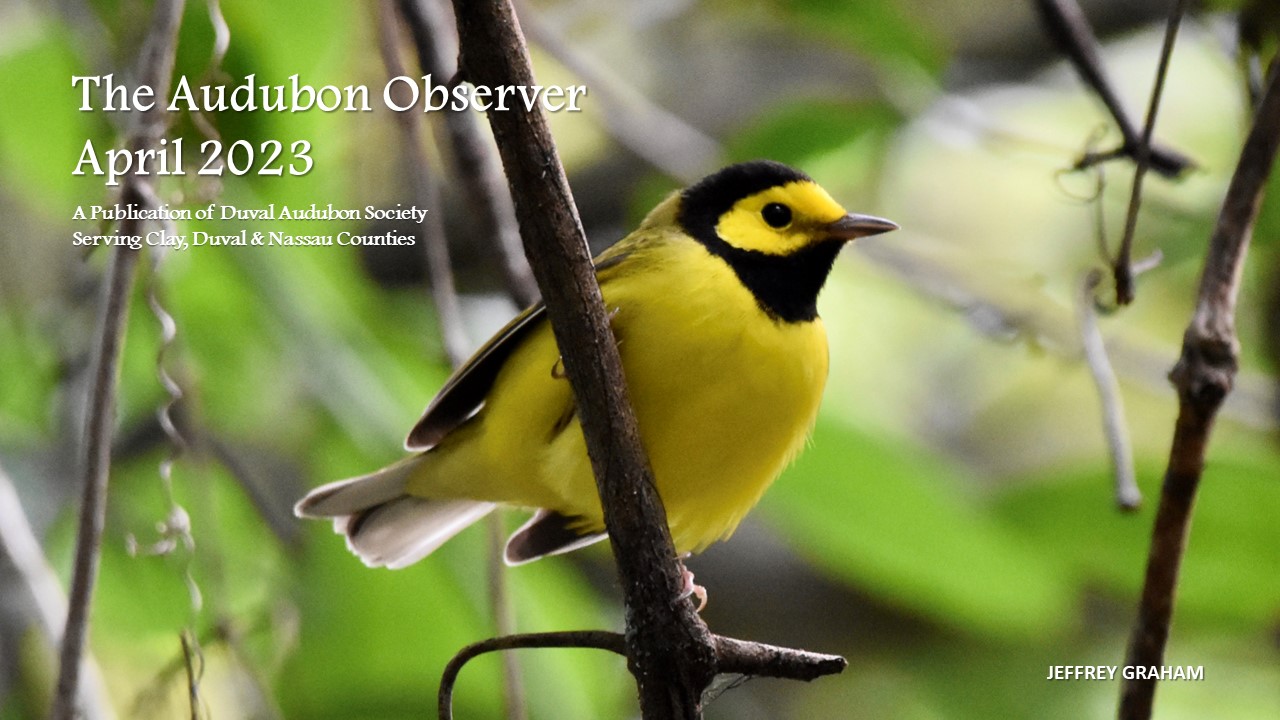
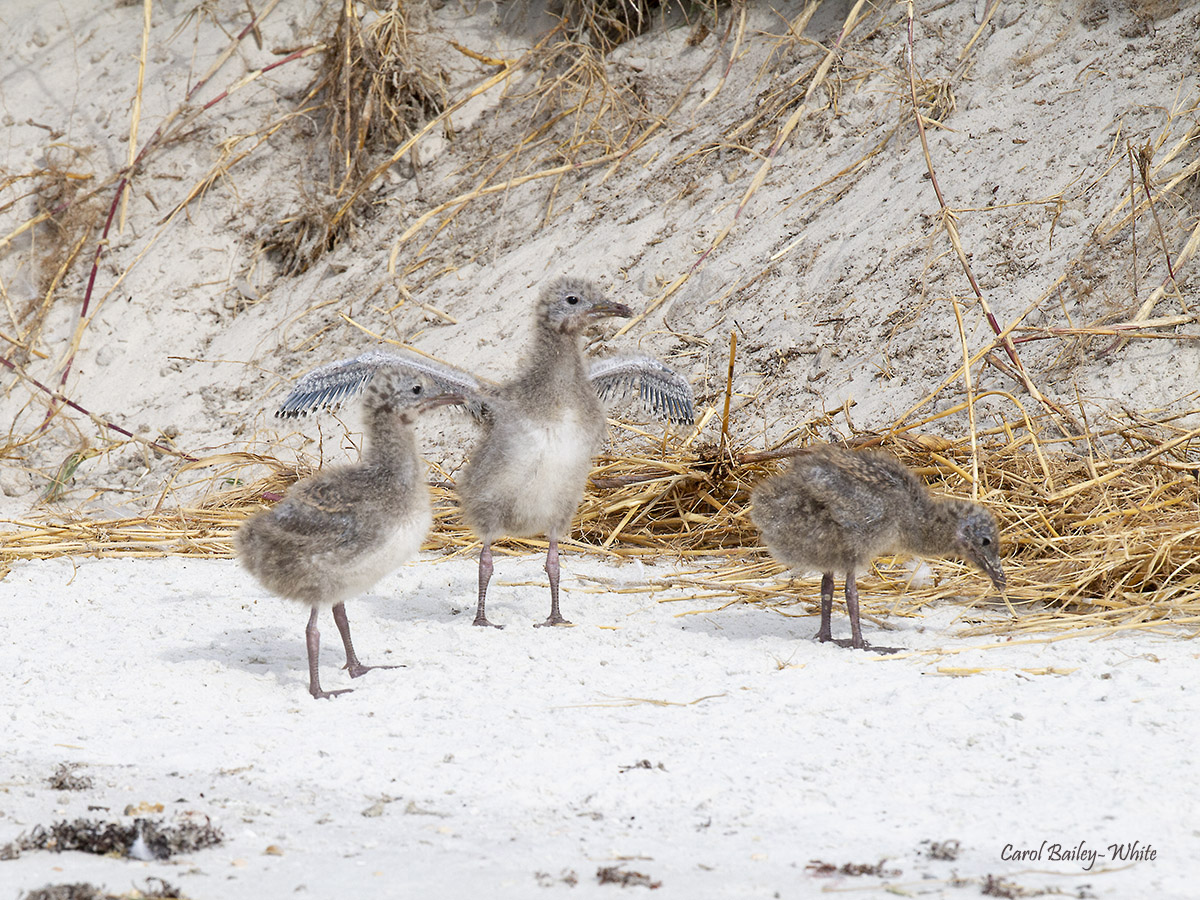 Almost everyone loves the beach: sun, sand, and the sound of the waves - at least everybody I know. Almost everyone loves cute little baby birds – well, at least the people I call friends do. And I am always trying to protect something. For instance, as a little tyke, I found a robin’s egg on the ground in my yard. I was mesmerized and gravely concerned. I did what every good parent bird does: I made a nest by taking my mother’s clean rug off the clothesline and carefully folded the egg in the rug, safe and sound. Then I proceeded to SIT on it to keep it warm! Needless to say, I cried my eyes out for days.
Almost everyone loves the beach: sun, sand, and the sound of the waves - at least everybody I know. Almost everyone loves cute little baby birds – well, at least the people I call friends do. And I am always trying to protect something. For instance, as a little tyke, I found a robin’s egg on the ground in my yard. I was mesmerized and gravely concerned. I did what every good parent bird does: I made a nest by taking my mother’s clean rug off the clothesline and carefully folded the egg in the rug, safe and sound. Then I proceeded to SIT on it to keep it warm! Needless to say, I cried my eyes out for days.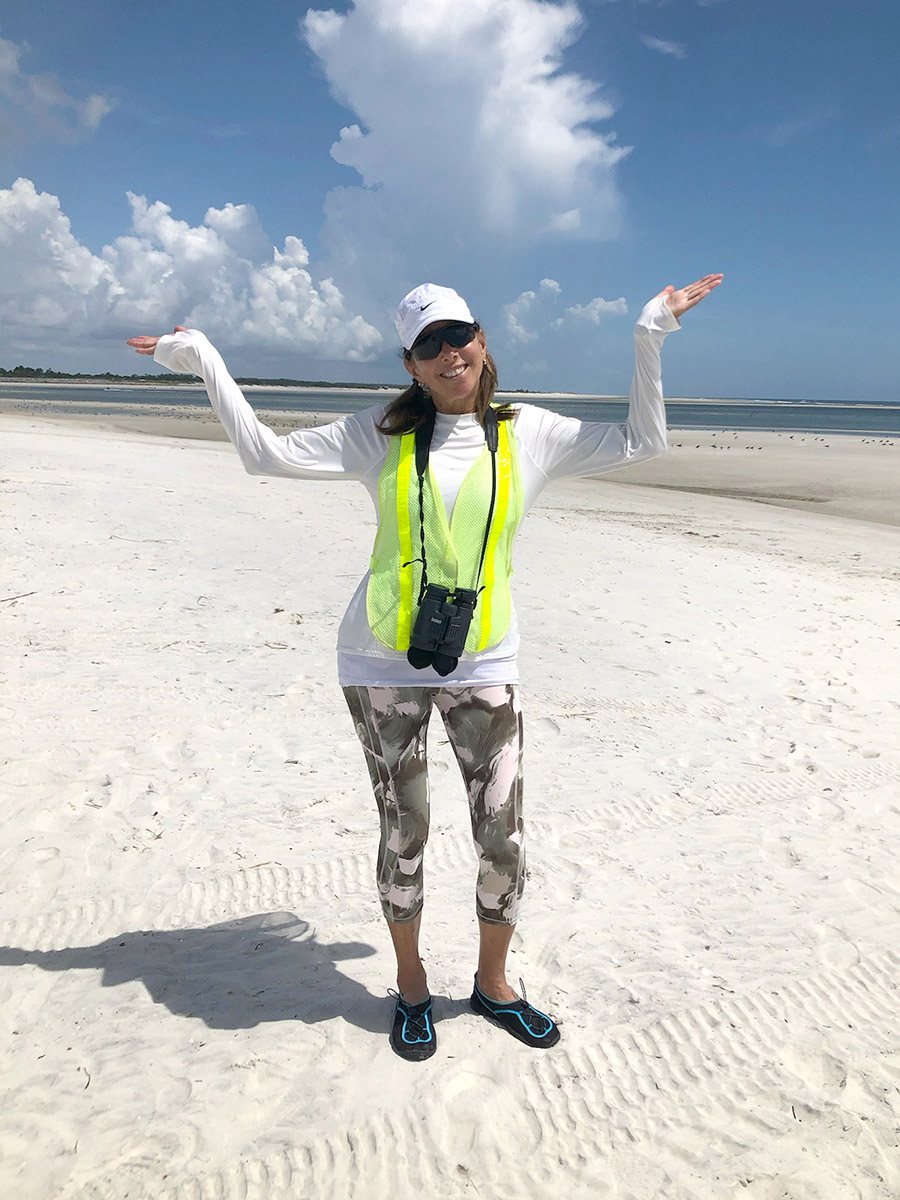 In 2022, I became a member of a small volunteer team of Bird Stewards at beautiful
In 2022, I became a member of a small volunteer team of Bird Stewards at beautiful 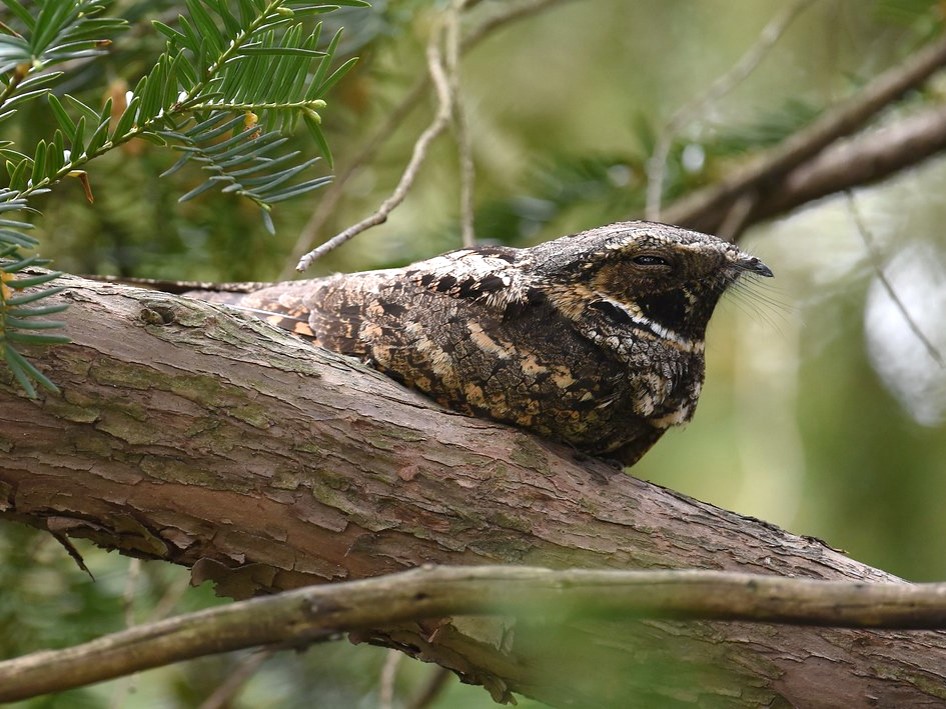 Eastern Whip-poor-wills
Eastern Whip-poor-wills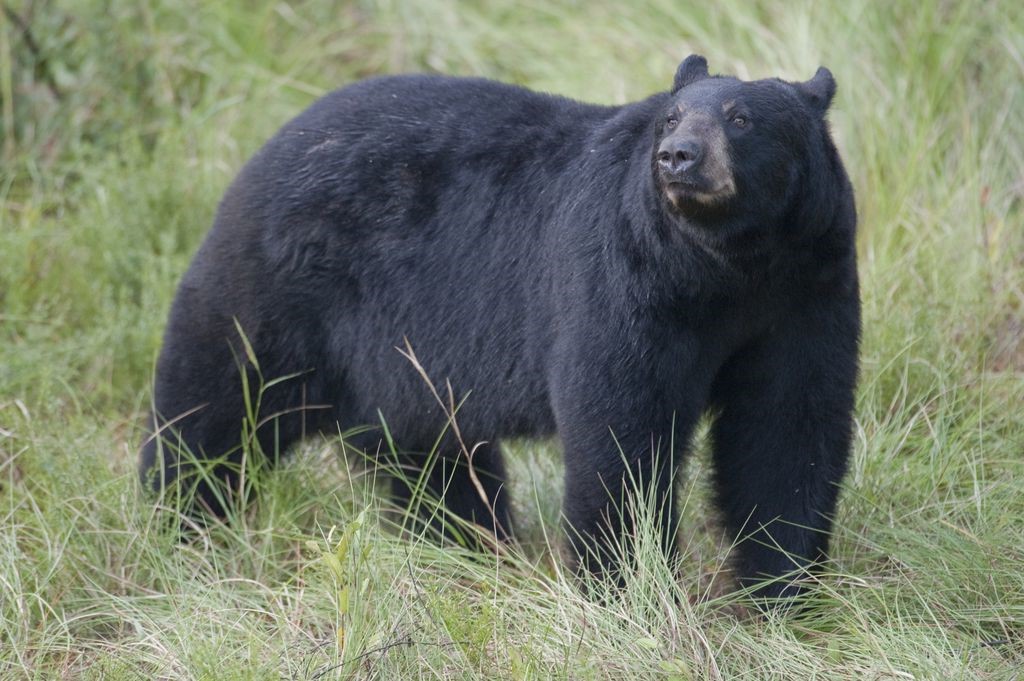 Typically, black bears are not aggressive and more likely to run away rather than confront a person. If a black bear decides to charge it can be a territorial bluff charge. When faced with this behavior, despite the fear and uncertainty, it is imperative to remain calm. As recommended by the
Typically, black bears are not aggressive and more likely to run away rather than confront a person. If a black bear decides to charge it can be a territorial bluff charge. When faced with this behavior, despite the fear and uncertainty, it is imperative to remain calm. As recommended by the 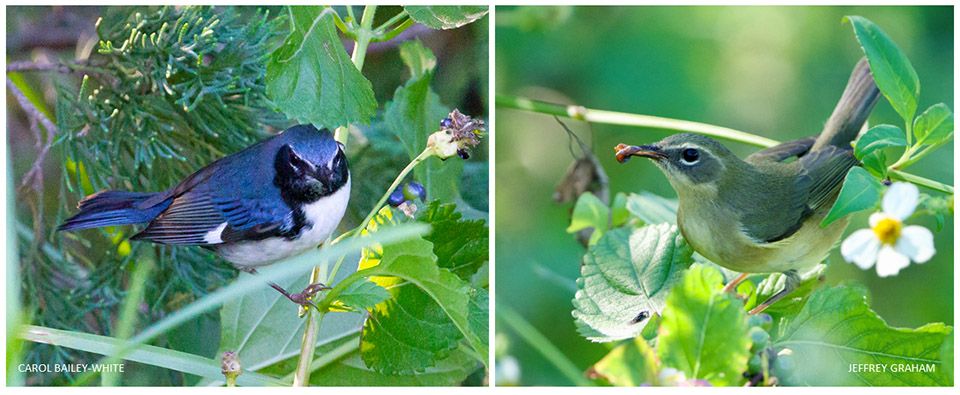
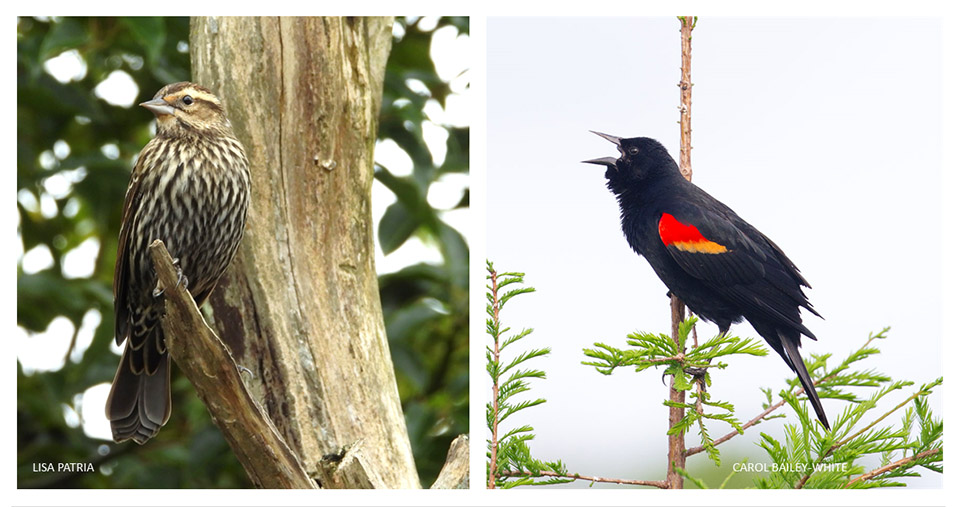
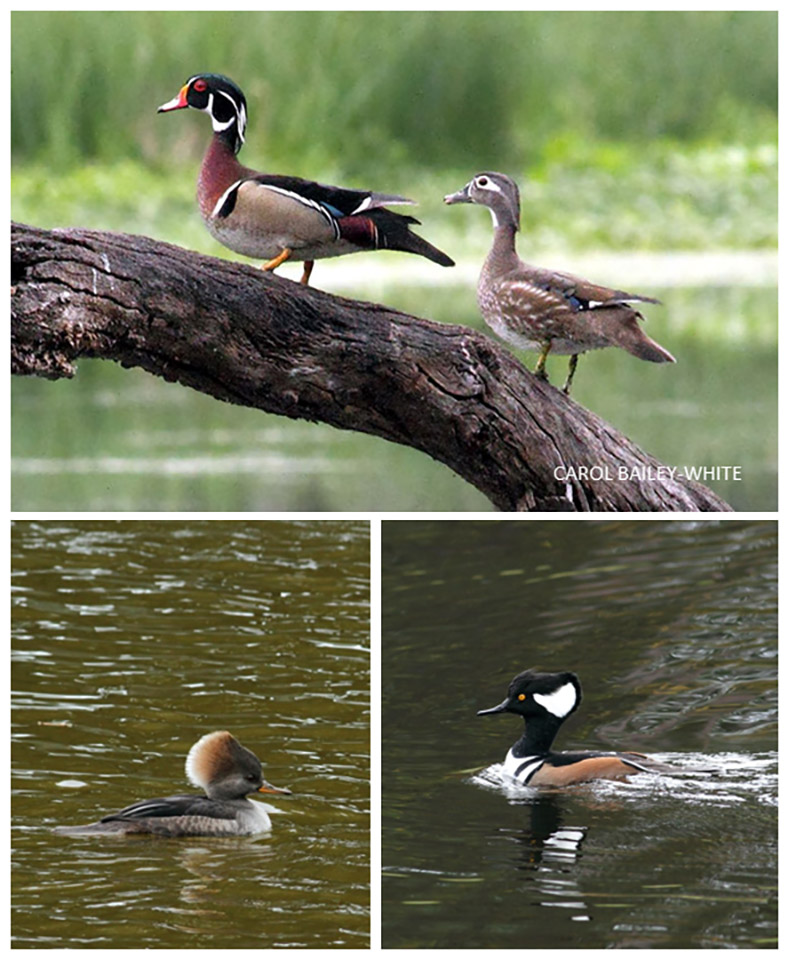 Most duck species exhibit sexual dimorphism as well, including
Most duck species exhibit sexual dimorphism as well, including 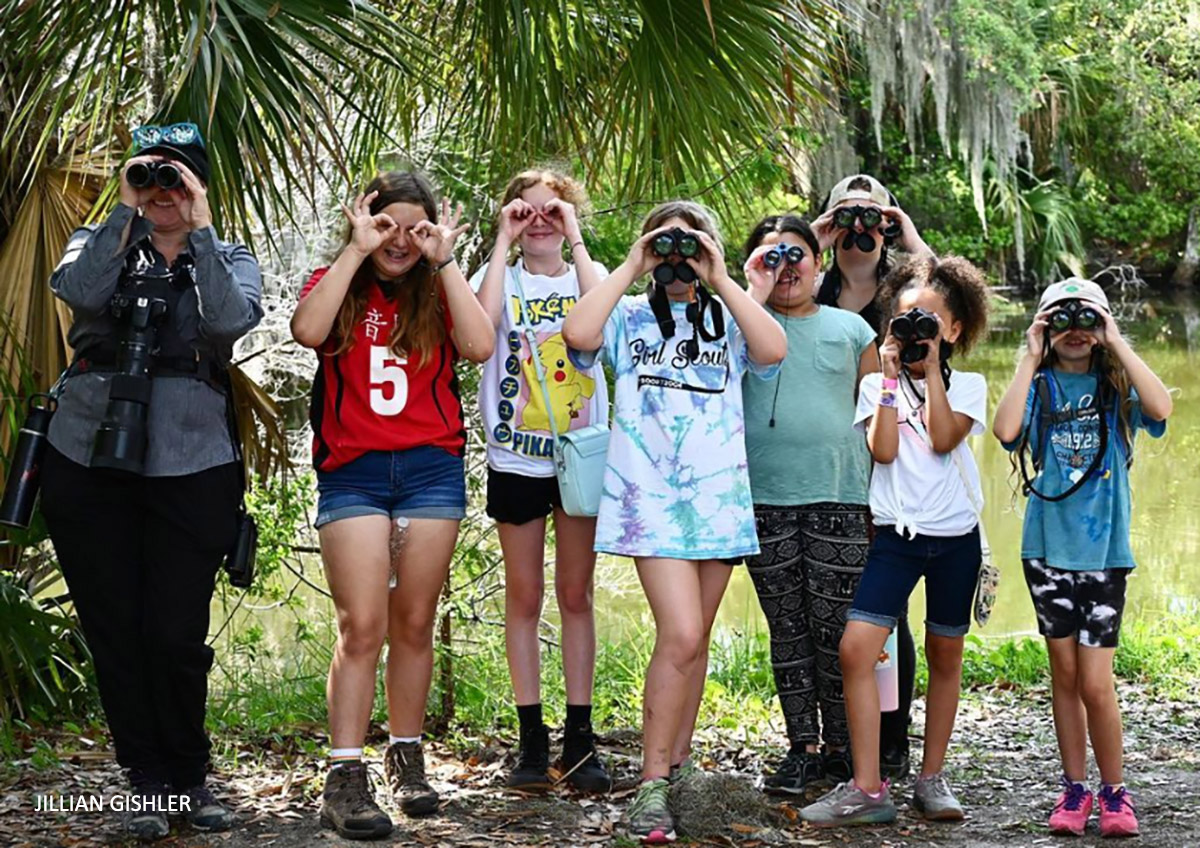 Your membership in Duval Audubon strengthens our messages to the public and government leaders. The more members we have, the more effective our voices for birds and bird habitat will be. Education about conservation issues is an important part of our work. Help us amplify our messages. Your membership means a better community for people and birds and other wildlife.
Your membership in Duval Audubon strengthens our messages to the public and government leaders. The more members we have, the more effective our voices for birds and bird habitat will be. Education about conservation issues is an important part of our work. Help us amplify our messages. Your membership means a better community for people and birds and other wildlife. 